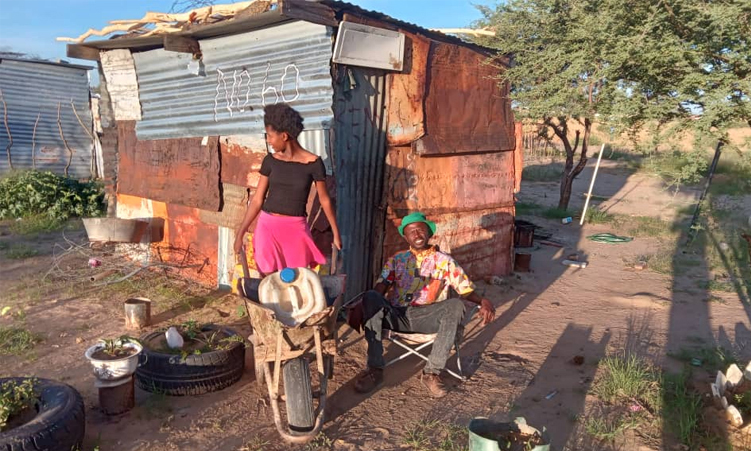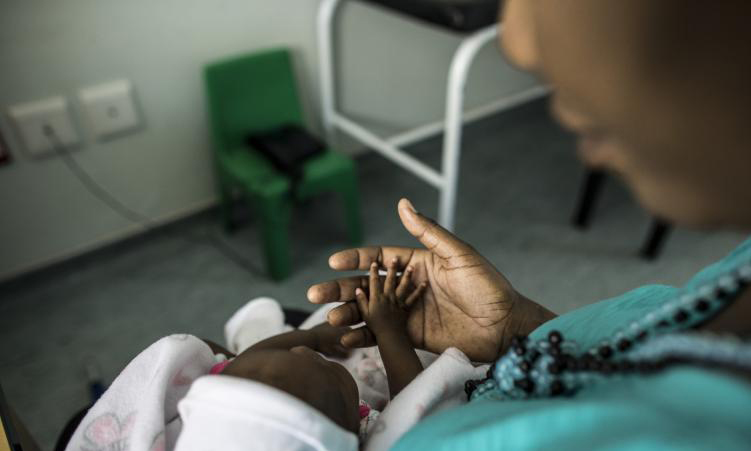About 700 members of marginalised communities are set to benefit from water security provided by the Mayana irrigation scheme in the Kavango East region.
This was announced by industrialisation and trade minister Lucia Iipumbu when she handed over the Mayana Community Irrigation and Climate Resilience Scheme project last week.
The Mayana project, which was started in 2020, is part of the overall Climate Resilient Infrastructure Development Facility (CRIDF) II Water for Livelihoods programme.
“This project is timely as Namibia continues to grapple severe droughts, which possess a risk of disrupting food security in our country.
“It uses community-based adaptation to alleviate poverty arising from increasing incidences of crop failure and the inability to produce higher value crops, in combination with a declining economic climate,” said Iipumbu.
The project focuses on improving the livelihoods within Mayana through market linkages with institutional organisations for long-term sustainability.
The ministry of industrialisation has been supportive of this initiative since its inception, which is in line with the Southern African Development Community (SADC) priorities on infrastructure development as its major vehicle to achieve regional integration and poverty alleviation.
The project primarily aligns with SADC’s regional strategic action plan to develop demonstration projects, which need to be implemented and scaled-up in order to build the capacities of communities to apply Integrated Water Resources Management principles at various stages of project development and implementation through a “learning by doing approach”.
Iipumbu said the project is being supported by the CRIDF, which has resulted in the installation of raw water supply and development of approximately 50 hectares of small-scale climate resilient irrigation for the Mayana community.
“The project contributes to the economic strengthening and sustainability of underprivileged communities by creating opportunities to unlock the economic potential of the area through agriculture,” said Iipumbu.
Water for irrigation is supplied by efficient 200kW solar powered, submersible pumps that were installed on flood proof abstraction works, Iipumbu added.
“The water is pumped to the farm lands, which comprise 50 plots of one hectare each. On each plot are installed impact sprinklers mounted on dragline irrigation stands and can be moved to different sprinkler locations.”
– email: matthew@namibian.com.na
Stay informed with The Namibian – your source for credible journalism. Get in-depth reporting and opinions for
only N$85 a month. Invest in journalism, invest in democracy –
Subscribe Now!






